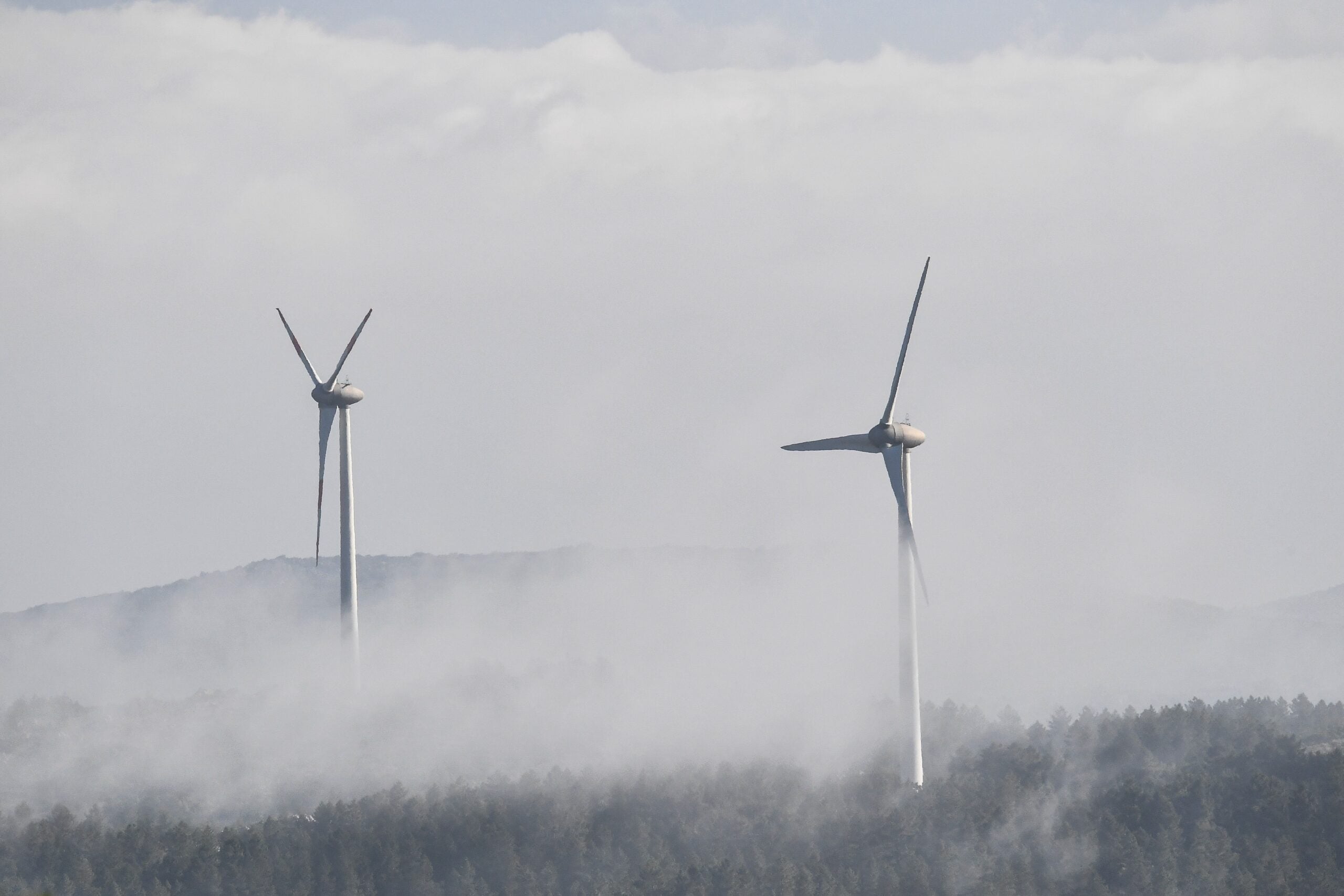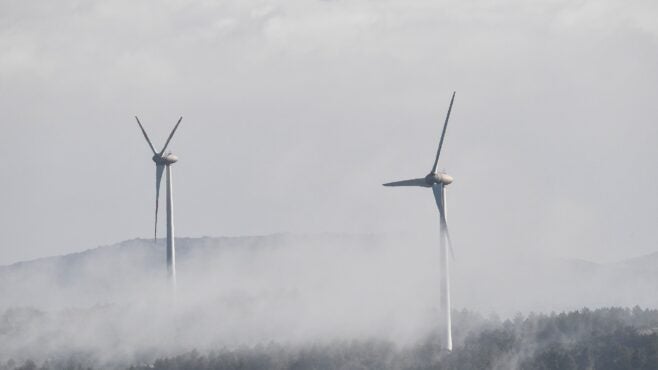
Sardinia is the only one of 20 Italian regions without gas transport infrastructure. That could change, if a proposal to build a 585km pipeline from Cagliari in the south to Porto Torres in the north gets the green light from authorities. However, rather than allowing it to catch up with its neighbours, a pipeline could represent a missed opportunity for the renewables-rich island to race ahead and lead the way in the Italian energy transition.
Backed by the regional government of Sardinia, the project is being proposed by Enura, a joint venture between Italian gas transport companies Snam and Società Gasdotti Italia and would cost an estimated €600m. The first, southern portion of the project from Cagliari to Oristana received clearance from Italy’s environment ministry this summer, but has not yet been authorised by the economic development ministry.

Discover B2B Marketing That Performs
Combine business intelligence and editorial excellence to reach engaged professionals across 36 leading media platforms.
Even if the pipeline were authorised and construction begun quickly, the project would not be completed before 2025.
“If you consider that Europe is to be carbon neutral in 2050, its lifetime would be very limited,” says Gianni Silvestrini, scientific director of the non-profit Kyoto Club.
Hawaiian inspiration
While a pipeline may have made sense decades ago, Carmelo Spada of environmental association WWF argues the gas transport infrastructure would be “obsolete” and “useless”, particularly given the island’s “enormous potential” in renewables. A total of 100% of Sardinia’s energy needs could be met by renewable energy by 2050, finds a study published in August 2020 by the Politecnico di Milano university and commissioned by the WWF.
Sardinia boasts some of the best wind and solar resources in the country. It had 873MW of solar photovoltaic (PV) capacity at the end of 2019, 1,055MW of onshore wind and 466MW of hydroelectric energy, with 42.1% of electricity consumption coming from renewable sources in 2018.

US Tariffs are shifting - will you react or anticipate?
Don’t let policy changes catch you off guard. Stay proactive with real-time data and expert analysis.
By GlobalDataHowever, meeting a 100% renewable energy goal by 2050 would entail the island’s total wind and solar capacity rising to about 20GW, says the Politecnico di Milano study, around ten times the current level.

Fossil fuels would disappear from the energy mix, and heating, cooking, low-temperature industrial energy and most transport energy needs would be met through electrification. Green hydrogen from renewables would also play a part, satisfying the energy demands of hard-to-electrify-sectors and for seasonal storage. There would also be a greater role for pump hydro and the development of battery storage capacity.
Silvestrini says Sardinia should take its cue from Hawaii, which has a similar population and size and has set a target for 100% renewable energy by 2045. Hawaii is looking to accelerate growth in renewables from geothermal to solar and wind power, including offshore wind farms using floating turbine technology. Unlike Hawaii, Sardinia has the advantage of a power grid interconnection with the mainland.
“Sardinia would seem to represent a perfect opportunity to invest in renewables, storage and electrification, and to experiment with green hydrogen,” says Silvestrini. “It could be a frontrunner for what needs to happen in the rest of Italy.”
No long-term vision
However, turning such a vision into reality is already proving difficult. The regional government and a handful of local towns have come out fighting against plans to build 504MW of floating offshore wind, raising concerns about its impact on the environment and tourism. The wind farm would be located over 35km from Sardinia’s coast and be “imperceptible to the naked eye from the mainland”, says project developer Ichnusa Wind Power.
Such industrial-scale projects will be needed to move past fossil fuels, says the WWF, highlighting the “innovative aspect” of the project. Floating turbine technology is well suited to the Mediterranean, which is characterised by deep waters, and will make the turbines easier to remove at the end of the project’s life compared with traditional offshore plants, it says.
Part of the problem is that Italy as a whole lacks a clear carbon neutral pathway. The country is still to publish a climate strategy (due in January 2020) to 2050. In analysis carried out by public energy research group RSE for energy regulator Arera, examining gas and electrification scenarios for Sardinia, the time horizon inexplicably stops at 2040. The analysis is “missing a scenario compatible with decarbonisation”, states Matteo Leonardi, senior consultant at REF-E, an energy and environmental research group.
Almost no natural gas is currently used in Sardinia. Even in a scenario with a high degree of electrification, RSE expects there will be some fuel-switching to natural gas from more polluting sources such as liquefied petroleum gas (LPG) and diesel, particularly in industrial and transport sectors. The research group also estimates 130 million cubic metres of gas will be needed a year to fuel 500MW in open cycle gas turbine plants it anticipates coming online to guarantee grid stability with the decommissioning of coal plants.
However, a gas pipeline would only make economic sense for the island in an “extreme” case of gas demand surging and remaining over a threshold of about 1.5 billion cubic metres a year, RSE concludes.
“Electrification, supported by the use of green hydrogen, is most consistent with long-term decarbonisation objectives,” it says.
The WWF and fellow environmental associations Legambiente and Greenpeace argue that decarbonisation objectives must be at the heart of any evaluation of the risks and costs of investments in fossil fuel infrastructure. In feedback on the RSE study, they stress that investments for gas infrastructure in Sardinia, and elsewhere, don’t replace, but are in addition to those for decarbonisation, making it cheaper to finance technologies compatible with climate goals from the start, if they are commercially available.
A cheaper transition
With or without a pipeline, Sardinia’s energy transition may end up being more expensive than necessary. A small number of Sardinian municipalities are already served by gas distribution networks, although they have largely run on LPG until now. Italgas, which operates in 17 of the 38 distribution basins in Sardinia, began delivering natural gas to customers, supplied to the local distribution network via tanker trucks, in August 2020. Italgas is investing €500m until 2025 to expand its distribution network.
“What sense is there in bringing gas to people’s houses, which you will then need to electrify?” asks Mariagrazia Midulla from the WWF.
“There is a cost to bringing pipes into your house for gas, and you are paying for a resource that will have a limited lifetime when you can already use solar power,” adds Spada.
The combination of rooftop solar and heat pumps to provide heating and cooling is increasingly popular in Sardinia and other parts of Italy, in part due to tax breaks that encourage their use.
Meanwhile, Italy’s energy and climate plan for 2030 pledges to exit coal by 2025, but that is a particularly thorny issue in Sardinia, where there is no concrete plan on how to replace the approximately 1GW of coal capacity that dominates the island’s thermal power generation. Christian Solinas, the region’s governor, is aiming for an exit date of 2030.
Politecnico di Milano believes it is possible to exit coal in Sardinia without resorting to gas-powered generation. In a post-coal scenario for Sardinia, indicatively in 2025–2030, the university sees solar PV and wind capacity at roughly triple its current level, supported by about 400MW in additional pumped hydro storage, or alternatively, the island’s first green hydrogen infrastructure.
Italian plans
Italy’s 2030 energy and climate plan targets renewable energy rising to 55% of electricity consumption in 2030 from 35.9% in 2019. That was already considered challenging before the European Commission’s recent proposal to lift the EU greenhouse gas emissions reduction target from 40% to 55% by 2030.
According to Italian electricity trade association Elettricità Futura, the new proposal would require Italy to trace 70% of all electricity to renewable sources by 2030, requiring at least 65GW in additional renewable energy capacity in the next decade.
Installations in new wind and solar capacity stalled in the country after reaching a peak above 10GW in 2011 and have been running at an average of 1GW in the last two years.
From an industrial point of view, Italy is well-positioned to play a leading role in the energy transition, with strong renewable resources – in particular solar – well-developed electricity infrastructure and a backup provided by natural gas, believes Giuseppe Mastropieri from renewable energy advisory REA. However, this potential is being stymied by slow permitting and bureaucracy, “which in the end reflect a lack of political will”, he says. Regional governments say they support renewable energy targets, “but then they want to reach them only through 3kW solar projects”.
Slow authorisation procedures are a problem not only for renewables, but for other infrastructure needed for the energy transition. Power transmission system operator Terna has proposed a new 1,000MW interconnection between the Italian mainland, Sicily and Sardinia known as the Tyrrhenian Link. The project should facilitate the use of a higher share of renewables in Sardinia by reinforcing the stability of the grid, but Terna has warned it will be ready in only 2027 or 2028.
“Regions need to decide if renewables only represent an invasion of their territory or if there is value to be added,” says Mastropieri.
“The impression is that for policymakers renewables represent a cost and not a strategic sector for the energy transition and an opportunity for growth,” says a recent report entitled ‘Ossigeno per la Crescita’ (Oxygen for Growth). Coordinated by REF-E, the study examines how investments in decarbonisation could help Italy’s economy to recover from the blow of the Covid-19 pandemic. Italy’s gross domestic product could rise by 30% in the next decade and the employment rate climb by 11 percentage points to 68% in a “virtuous” scenario, finds the report.
That scenario envisages Italy successfully spending 80% of European funds made available to it through the Next Generation EU recovery fund and the 2021–2027 EU budget, while attracting private investors with convincing, long-term decarbonisation policies. This might not sound like rocket science, but despite surging debt Italy consistently struggles to spend the EU funds it is allocated.
Italy must also take advantage of previously untapped opportunities, such as agrophotovoltaics – where solar PV and farming coexist on the same site – and offshore wind in order to meet renewable targets and decarbonise, says the WWF’s Midulla. “There is a lot of potential, but we need to get moving.”





